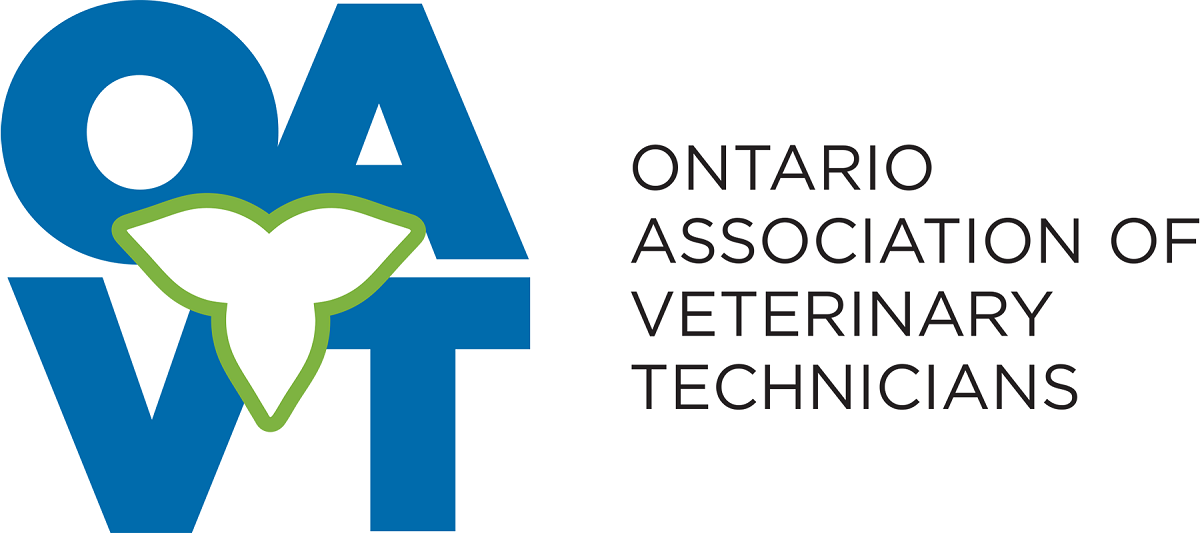GUELPH, ON – The OAVT has been hard at work, reviewing the regulatory concepts released for public consultation by the CVO’s Transition Council. These will guide the province in its work to create regulations that will govern the profession under the Veterinary Professionals Act. The OAVT Board of Directors strongly supports the regulatory concepts, but there are several the merit further consideration. You can find the Board’s full submission here.
Among the regulatory concepts, the Board identified the Authorized Activity Model as needing the most refinement. In order to fully contribute to veterinary teams, it is critical veterinary technicians have autonomy in decision-making. Specifically, the Board emphasized several key themes that should be addressed:
- Emphasizing the Distinction Between Veterinary Technician Members and Non-Members: The concepts are creating the possibility that non-members will be allowed to perform certain authorized activities that are considered non-delegable to veterinary technician members. There is a need for their respective roles to be clarified to uphold the value of veterinary technician licensure and ensure public safety.
- Valuing Veterinary Technician Autonomy in Decision-Making: The opportunities for veterinary technician members to independently manage certain aspects of care, such as initiating authorized activities or determining the best supplies to use must be maximized to limit unnecessary barriers in the delivery of care and make the most of veterinary teams. Adopting strategies that enable innovation and agility, including continued dialogue around sub-delegation and facility accreditation, is essential for adapting to the evolving landscape of veterinary medicine.
- Streamlining Administrative Processes: Reducing the administrative burden on veterinary teams is crucial. Keeping the process simple, such as coordinating orders and initiation, and allowing veterinary technicians to prioritize delivering quality care instead of navigating overly complex regulatory requirements will limit the strain on veterinary teams. Providing guiding standards or templates will help teams create, implement and maintain orders.
The Board is strongly advocating for the Regulatory Exemptions for Non-Members to be re-examined, so that unlicensed individuals are not permitted to perform authorized activities that veterinary technician members are not allowed to perform.
The opportunity for veterinary technicians to play a major role in the future innovation of veterinary medicine is key in enhancing the effectiveness of veterinary teams and ensuring the best quality of care for patients.
The next steps in the legislative reform process will see the provincial government incorporate the feedback provided by stakeholders, including the OAVT, and others in drafting the final regulations that will govern veterinary medicine. The OAVT will continue to actively engage with the province and other stakeholders to advocate for RVTs.
If your team has questions and would like to schedule a webinar to learn more, please email: advocacy@oavt.org.
Media Inquiries:
Kate Stockmann-Fetter
Communications and Advocacy Manager
advocacy@oavt.org
-30-
